10 Rhetorical Questions To Create New Ideas For Learning
I’m not saying any of these ideas are good—or even the least bit viable. Or that they wouldn’t be detrimental. I’m just wondering what would happen.

I’m not saying any of these ideas are good—or even the least bit viable. Or that they wouldn’t be detrimental. I’m just wondering what would happen.
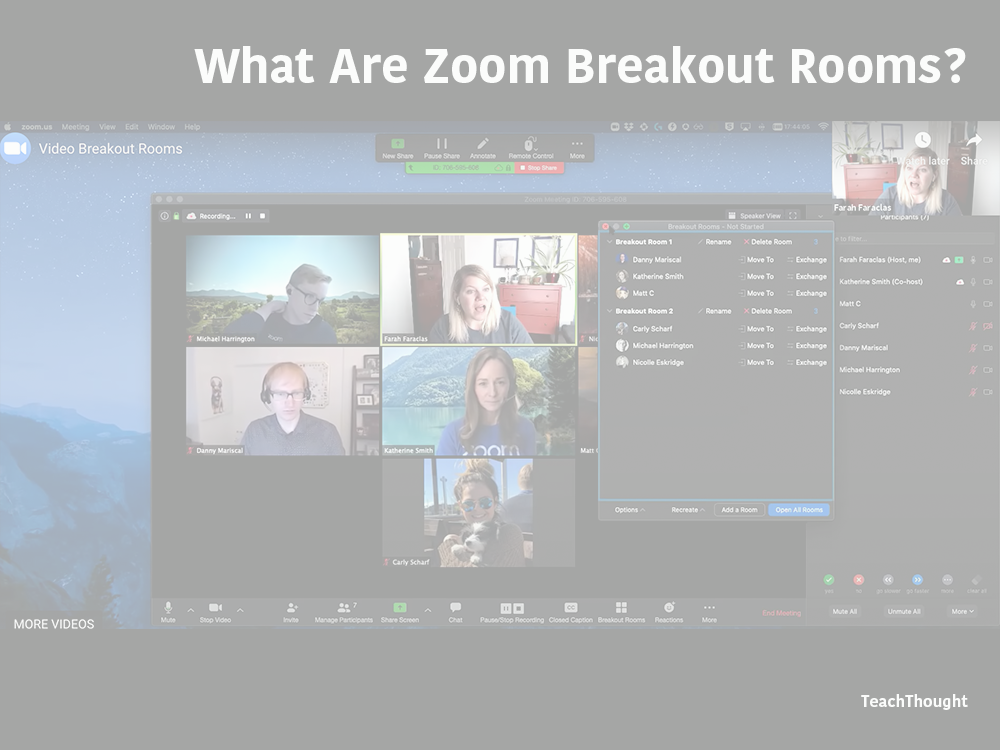
On Zoom, breakout rooms are a way to break a larger meeting into smaller meetings–as many 200 students into as many as 50 separate rooms.
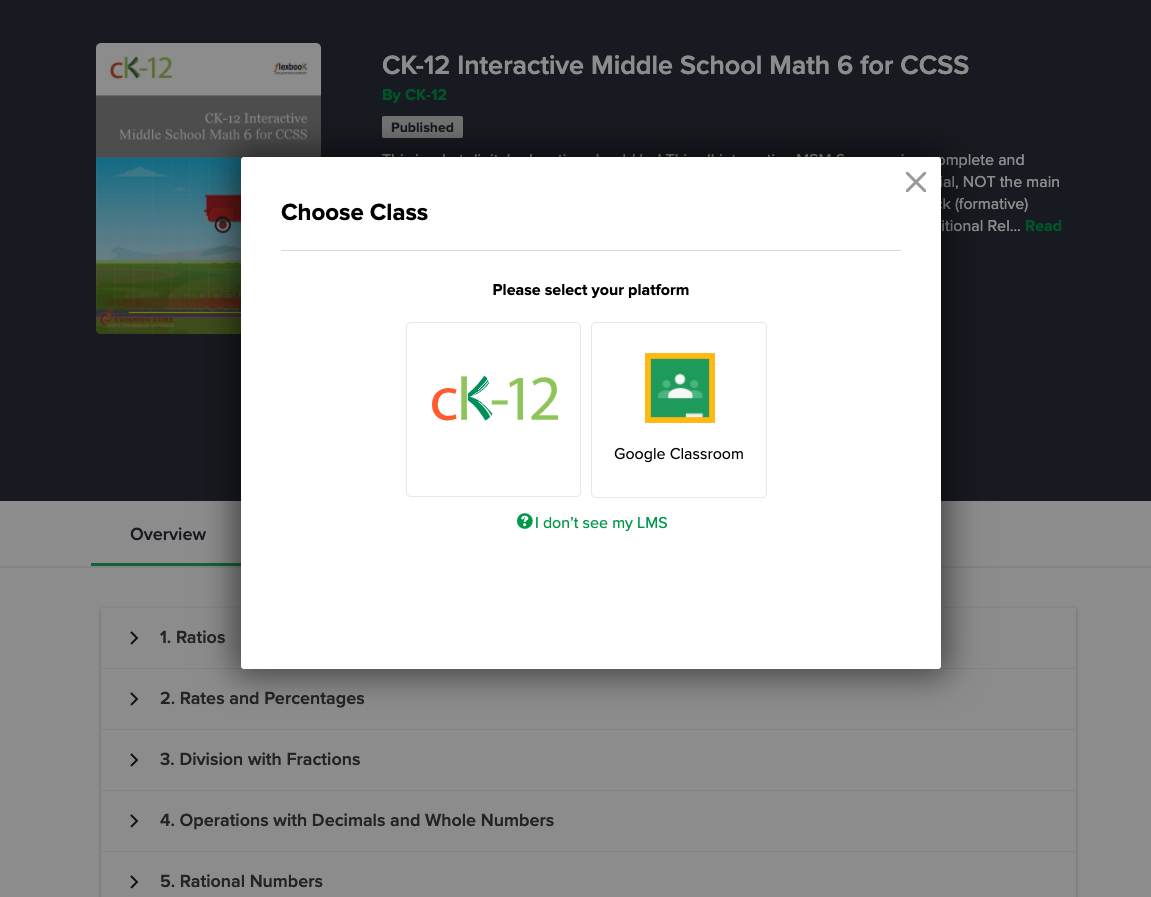
How do you share content from CK-12 to Google Classroom? Navigate to the lesson, then click: Choose–>Assign–>Google Classroom.
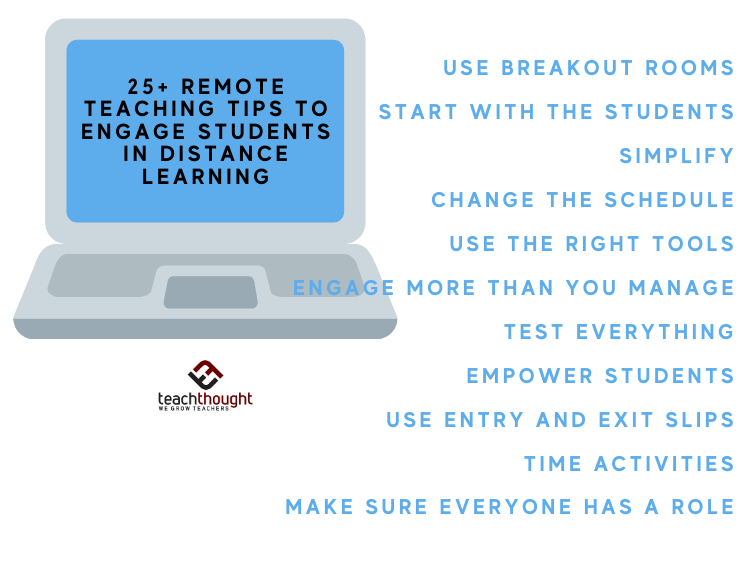
Don’t get distracted that everything is ‘different.’ Start with the student and their needs and the unique opportunities in front of them.
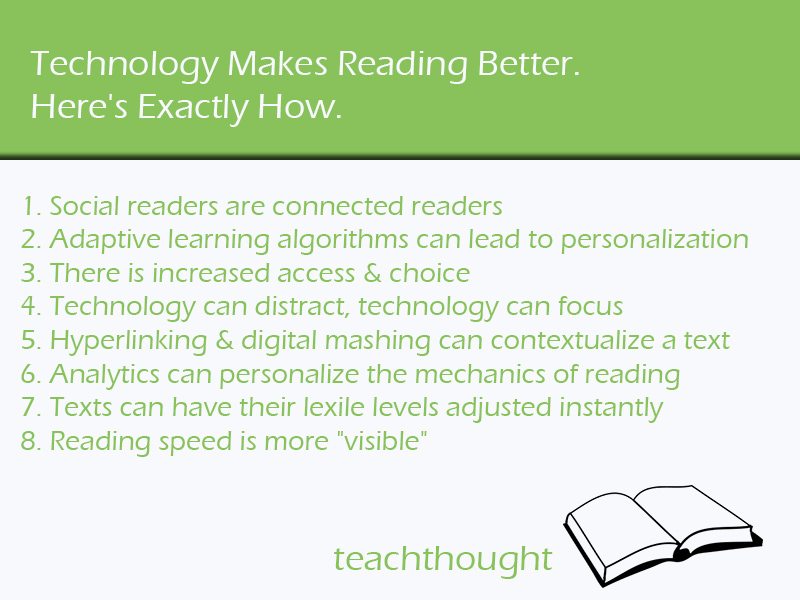
Let me be clear: I prefer physical books with soft covers. This is not about sentimentality. Rather, this is about how technology can make reading better.
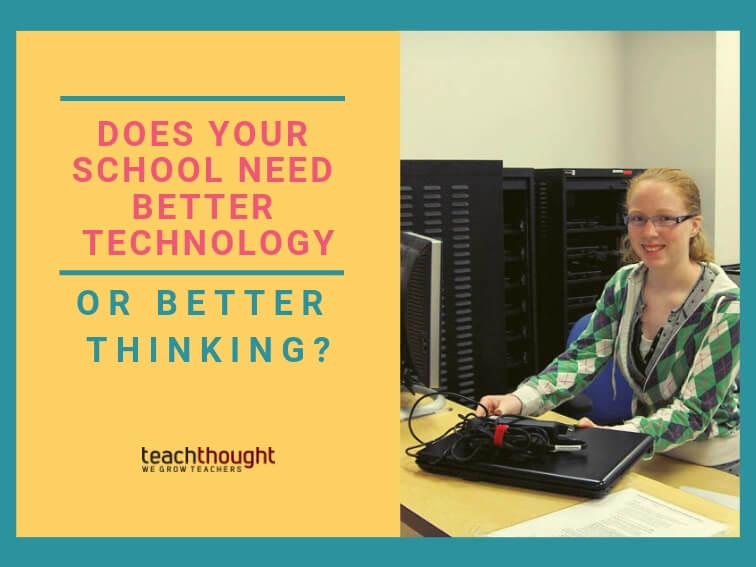
Common uses of technology in the classroom include reading programs, assessment tools, and a range of learning management systems.
![33 Of The Best Free Online Tools For Students [Updated]](https://www.teachthought.com/wp-content/uploads/2020/07/best-free-online-learning-resources.png)
From CK-12 & Zoom to Netflix, Yale Online Courses, & video editing tools, here are the best free online tools for students.
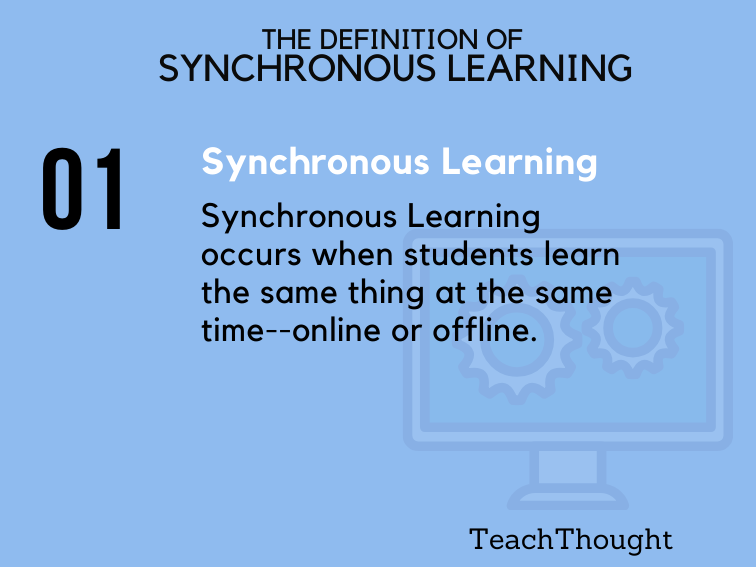
What’s the definition of synchronous learning? In short, synchronous learning occurs when students learn the same thing at the same time.
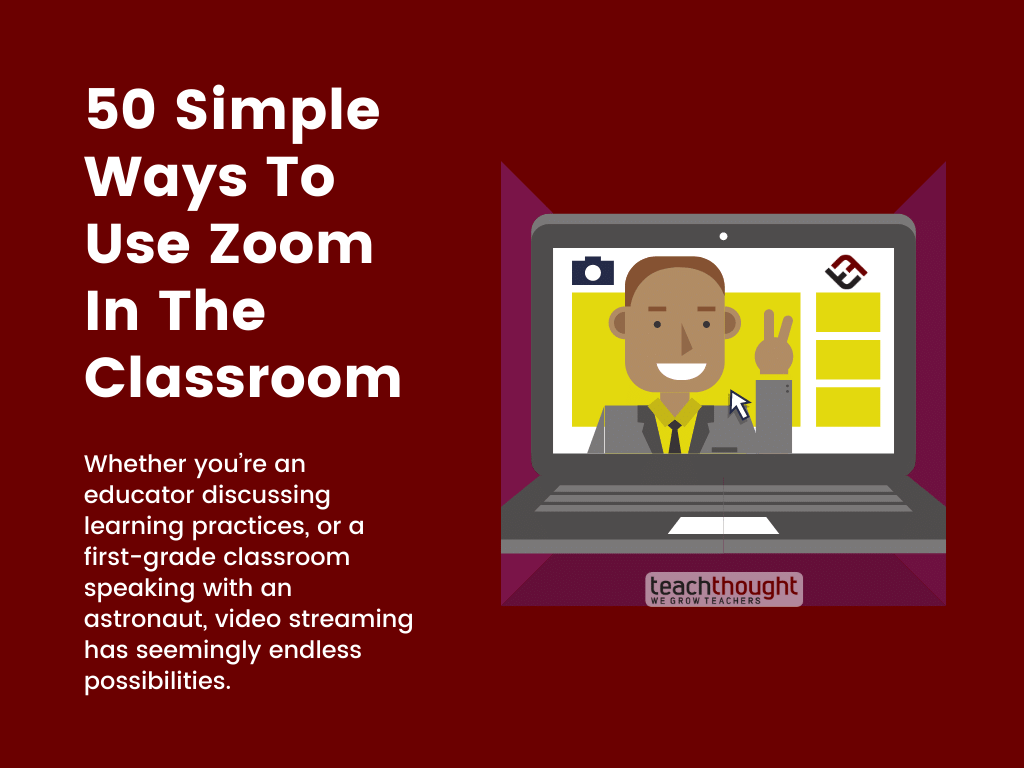
Whether you’re a teacher discussing learning practices, or a classroom speaking with an astronaut, Zoom streaming has endless possibilities.
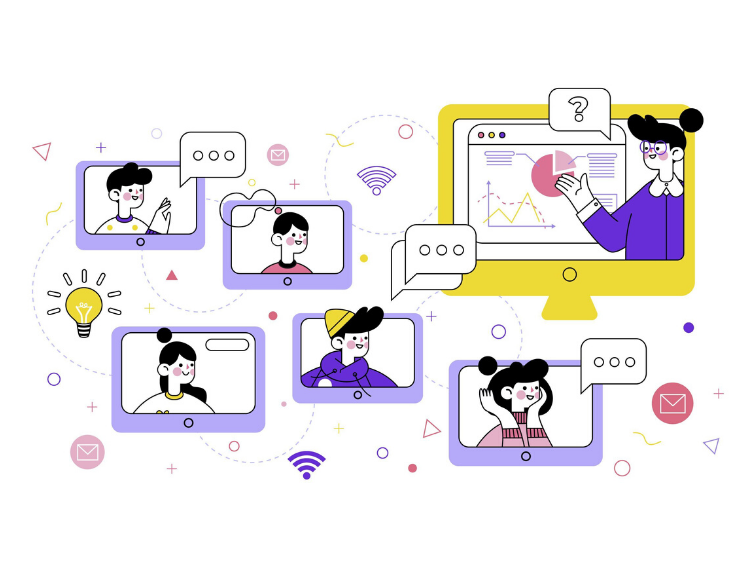
While technology opens new horizons, adapting to this is more challenging. What are the benefits of technology in learning and education?
What causes us to still cherish student-teacher relationships? It’s how they were developed, nurtured, and given space to evolve.
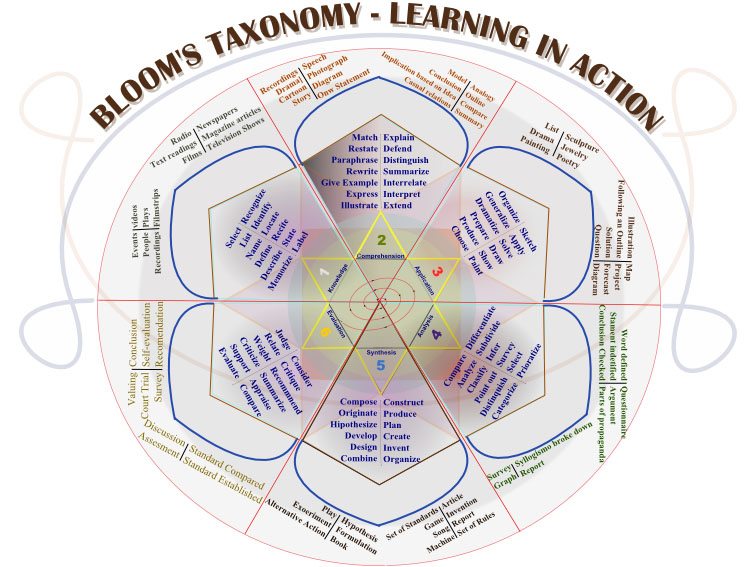
For teachers, promoting critical thinking in online courses is a matter of combining engagement, inquiry, and higher-level questioning.
End of content
End of content